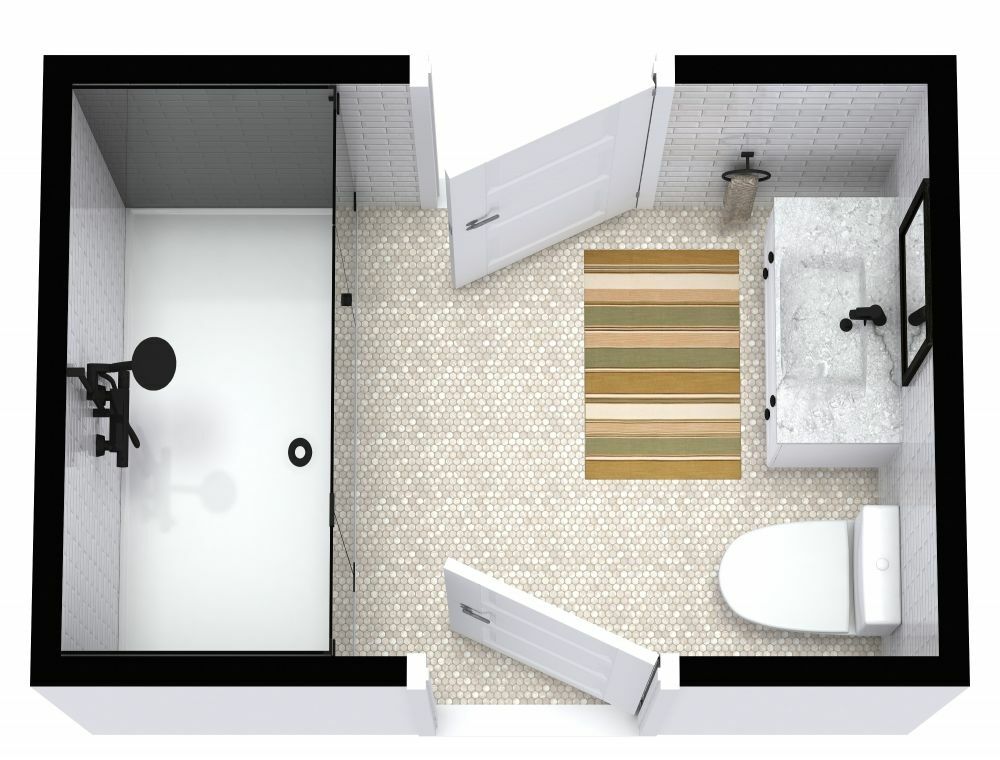When Ohio debated creating a private room add-on (R.C. 5165.158), the consensus was clear: private rooms are better. They protect dignity, reduce noise, limit infection spread, and give residents privacy and peace of mind.
But when it came time to draft the statute, a loophole was inserted. Instead of tying dollars only to true private rooms—one resident, one bathroom—the law also allowed payments for “Category 2” rooms (what many people refer to as “Jack and Jill” bathrooms), where two rooms share a single bathroom.
These are not true private rooms. They are shared-bathroom rooms, and they undermine the very reasons policymakers supported private rooms in the first place.
Why Shared Bathrooms Fall Short
Infection Control
Infections spread quickly in shared environments. True private rooms with private baths reduce outbreaks and hospitalizations.
Dignity
Sharing a bathroom undermines the independence and respect residents deserve.
Privacy
A bathroom shared between rooms is not truly private. Residents lose the sense of security and personal space the add-on was meant to provide.
Noise and Sleep
Just as shared bedrooms disrupt rest, shared bathrooms bring constant interruptions that erode sleep and health.
Conflict Reduction
Shared bathrooms create tensions over access, cleanliness, and schedules — stressors that affect both residents and staff.
Quality of Care
True private rooms allow care to adapt as residents’ needs change. Shared bathrooms complicate care delivery and increase the risk of disruptive transfers.
A Misallocation of Scarce Dollars
Yes, “Category 2” rooms are paid at a lower rate than true private rooms. But in a capped funding system, every dollar directed to shared bathrooms is a dollar taken away from true private rooms.
That misallocation denies support to the facilities actually delivering the outcomes Ohio set out to encourage.
The Bottom Line
Everyone agreed that private rooms made sense—for dignity, privacy, infection control, and quality. But when the statute was written, the concept was watered down by the “Category 2” (Jack and Jill) bathroom loophole.
Shared bathrooms are not true private rooms. They perpetuate the same problems Ohio sought to avoid, while siphoning scarce dollars away from true private rooms.
If Ohio is serious about aligning funding with quality and modernization, the private room add-on must be reserved for Category 1 rooms only: one resident, one bathroom.
See related pieces:
Close the Loophole: Stop 1-Star & Special Focus Facilities from Collecting Private Room Incentive Payments
Reforming Ohio's Private Room Incentive Policy




